WTI Welcomes New Researchers
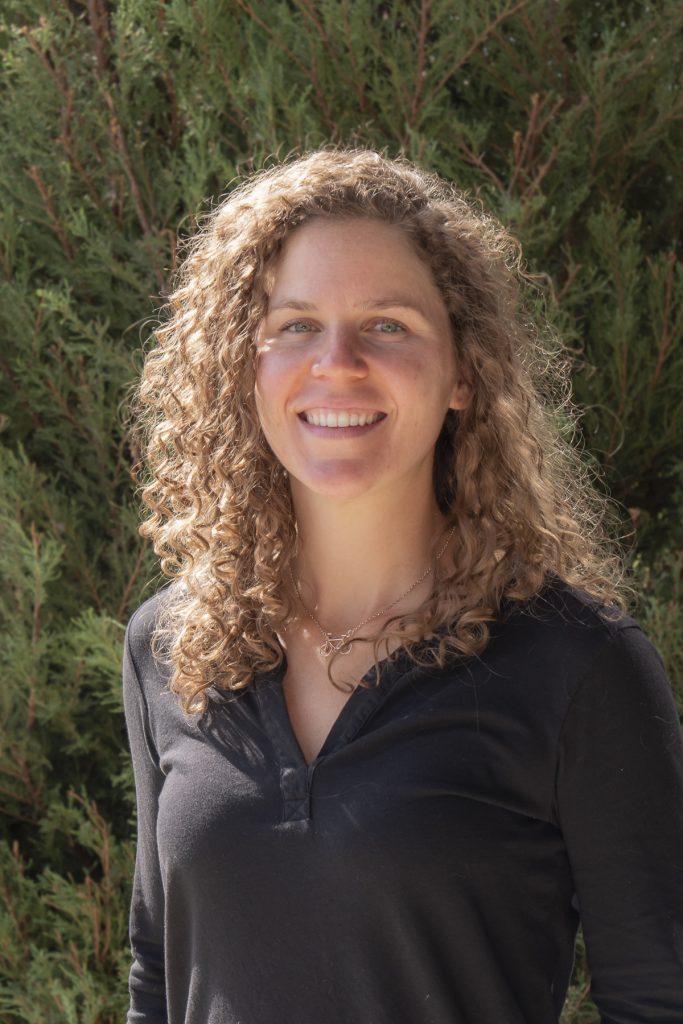
This summer, WTI welcomed two new researchers who will provide multi-disciplinary expertise and support across several program areas. Matthew Bell is a new Research Associate, but his connection to WTI dates back to 2012 when he worked on a Road Ecology project with one of Marcel Huijser’s grad students in Missoula, Montana. In 2017, while […]
New Vistas and Opportunities Ahead
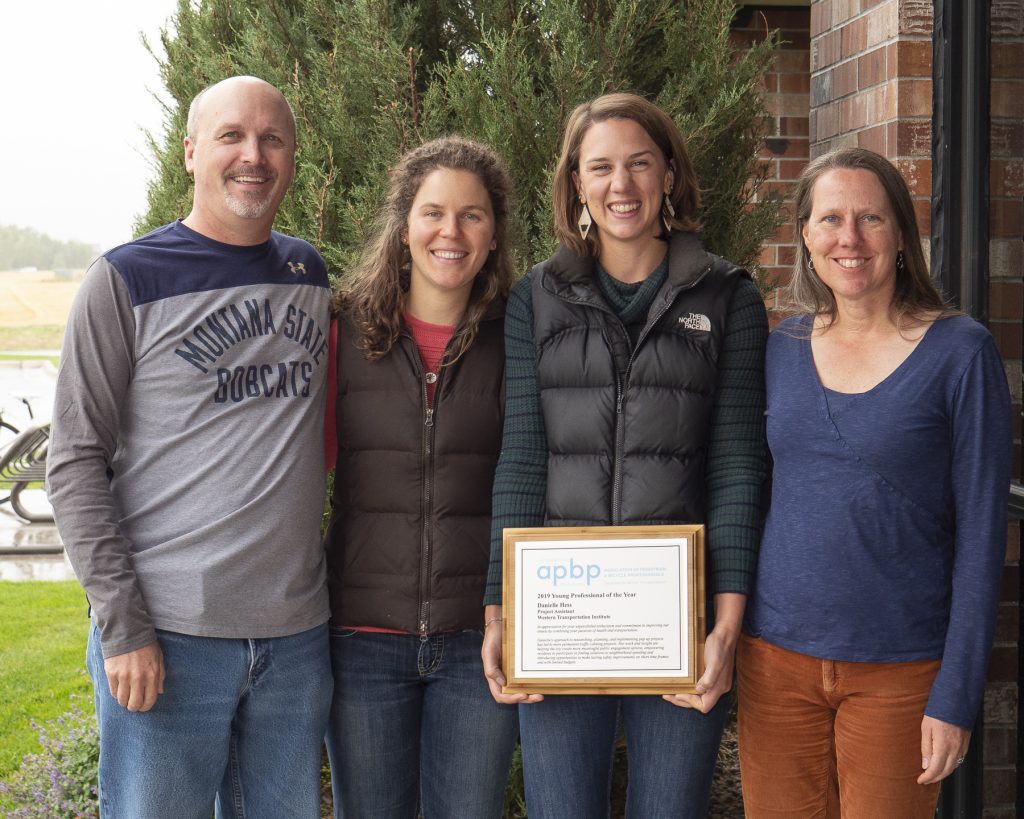
Mobility Project Assistant Dani Hess has announced that she will be leaving WTI at the beginning of October. Dani first joined WTI in 2016 as a student assistant and was promoted to the professional staff in 2018, working primarily on commuter and bike/ped projects for the Small Urban, Rural and Tribal Center on Mobility. She […]
Transportation Research Board Promotes New CHSC Publications
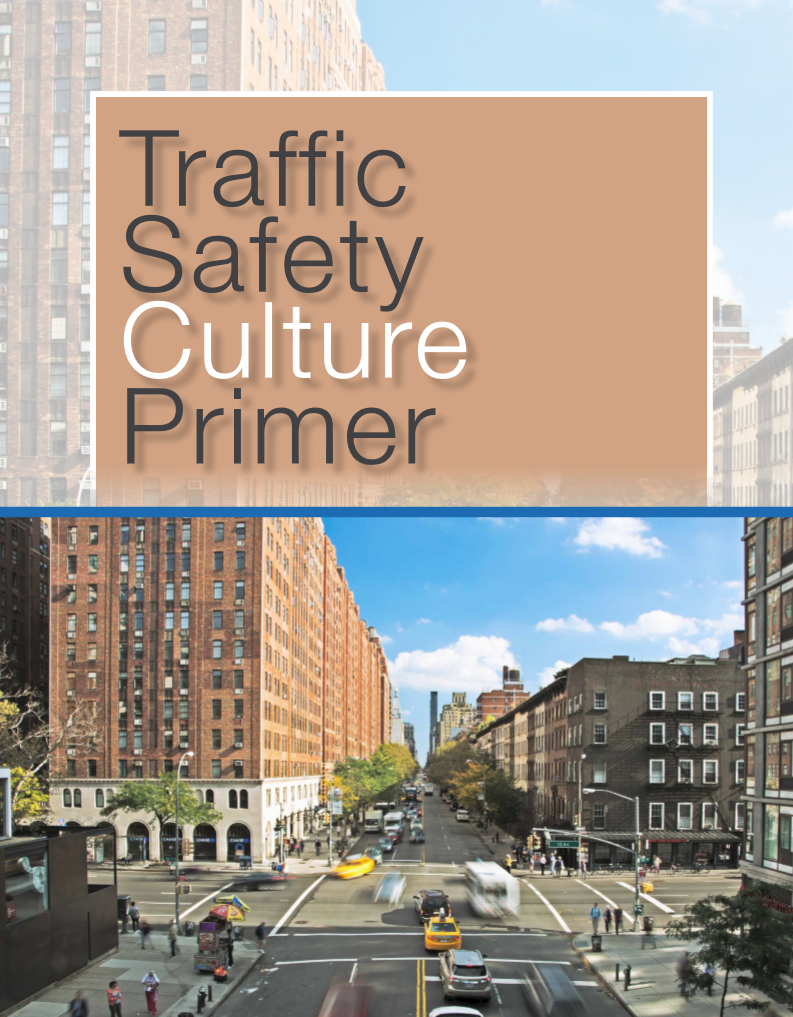
Two new traffic safety culture publications, drafted by Center for Health and Safety Culture (CHSC) researchers for the Montana Department of Transportation (MDT), have been featured in the last two national newsletters of the National Academies of Sciences Transportation Research Board (TRB). Kari Finley, Jay Otto, Nic Ward and Jamie Arpin authored “Proactive Traffic Safety: […]
Wolverine Research Featured on MSU Website
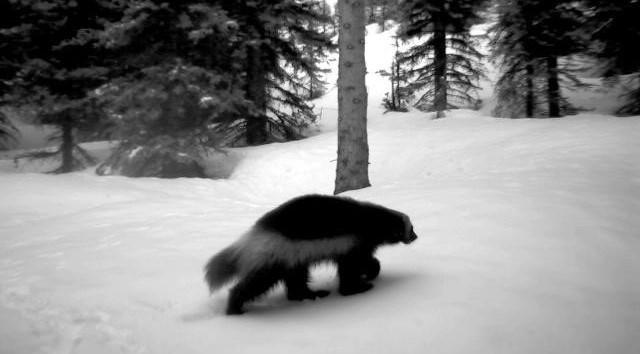
Montana State University News Service published a feature story last week on Tony Clevenger’s wolverine research and also highlighted the story on the MSU website homepage. “MSU research shows impact of major transportation corridor on wolverine movement” summarizes the findings from a multi-year study by Clevenger and his colleagues in Banff, Yoho and Kootenay National […]
NEW PROJECTS: Connecting Rural Transportation with Economic Opportunity
The National Association of Development Organizations (NADO) Research Foundation will partner with the Small Urban, Rural and Tribal Center on Mobility (SURTCOM) to assist rural communities with passenger transportation projects that enhance economic development initiatives. This collaboration will encompass projects in two locations: Natalie Villwock-Witte will lead a project to develop a rural transit hub […]
NEW REPORT: Hot Spot Analysis of Large Mammal-Vehicle Collisions in California
The final report is now available for a wildlife vehicle collision study conducted for the California Department of Transportation. Road Ecology Research Ecologist Marcel Huijser and Research Associate James Begley authored the final report for “Large Mammal-Vehicle Collision Hot Spot Analysis,” which provides guidance on the implementation of mitigation measures aimed at reducing collisions with […]
Montana LTAP Director Elected to National Post

Congratulations, Matt Ulberg! The Director of the Montana Local Technical Assistance Program (LTAP) was elected Vice President of the National Local Technical and Tribal Assistance Program Association (NLTAPA) at the Annual NLTAPA Meeting August 14th in Stowe, Vermont. As the National Association’s Vice-President, Matt also serves as the co-chair of the NLTAPA Partnership Work Group. […]
MSU News Highlights Fish Passage Research on Yellowstone River
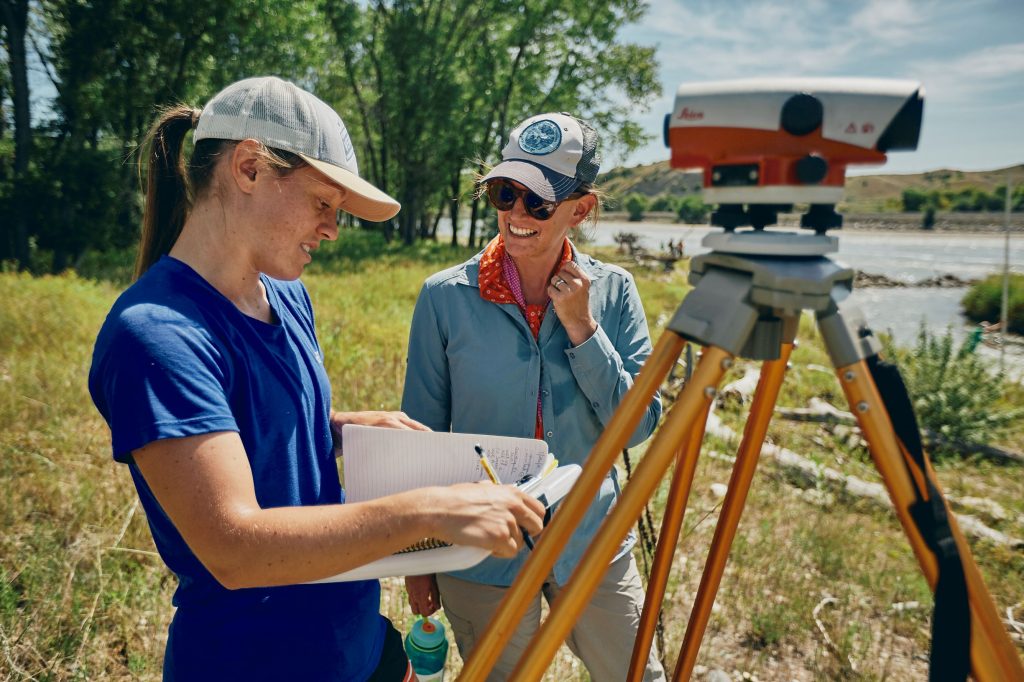
Graduate students at Montana State University had a great opportunity to participate in aquatics field research this summer, which was captured in feature article by the Montana State University (MSU) News Service. “MSU engineers, ecologists seek to improve fish passage on Yellowstone River” profiles grad students Haley Tupin and Ian Anderson, who gathered data at […]
WTI Researchers Contribute Chapter to Mobility Workforce Book
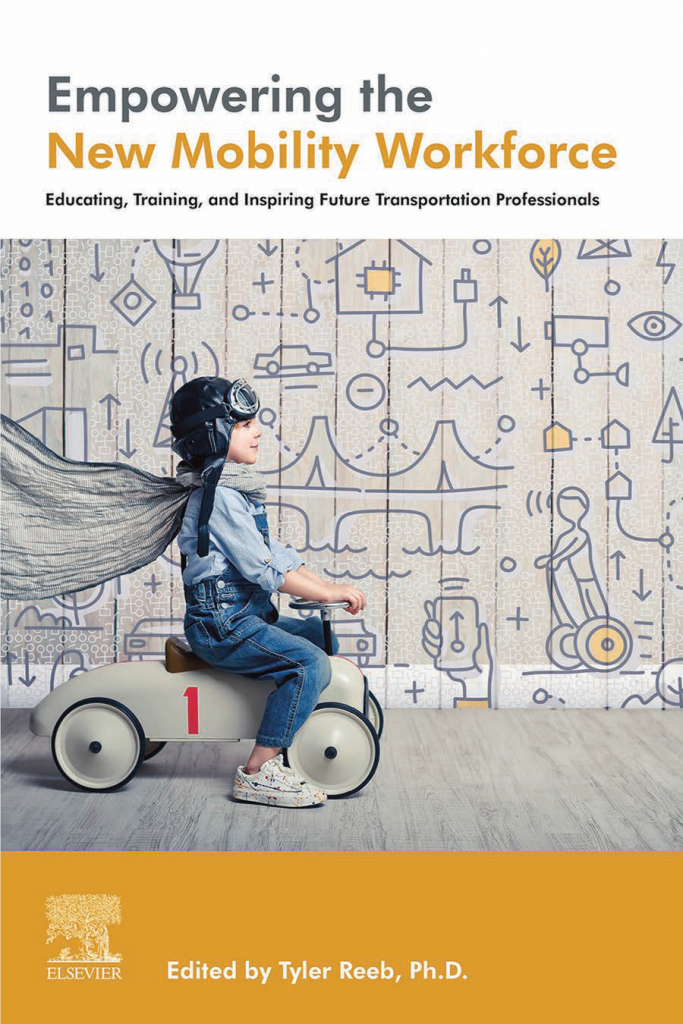
A newly published book on training the next generation of transportation workers at all levels includes a chapter written by two WTI staff members. Empowering the New Mobility Workforce: Educating, Training, and Inspiring Future Transportation Professionals identifies strategies that education, industry, and government leaders can use to facilitate learning and skill development related to emerging […]
USFWS Sponsors New Phase of Fish Passage Research
WTI, the MSU College of Engineering, and the Bozeman Fish Technology Center (BFTC) will continue their partnership with the U.S. Fish and Wildlife Service to study fish passage and the barriers that limit fish movements. Under a 5-year cooperative agreement, USFWS will sponsor a new phase of fish passage research projects, using the open channel […]
